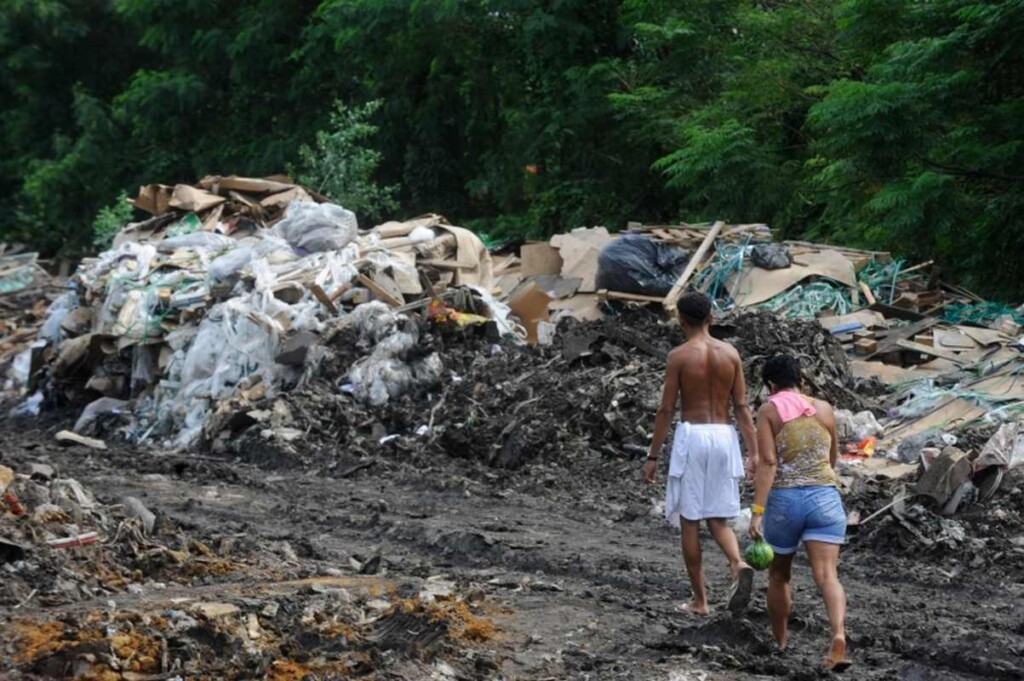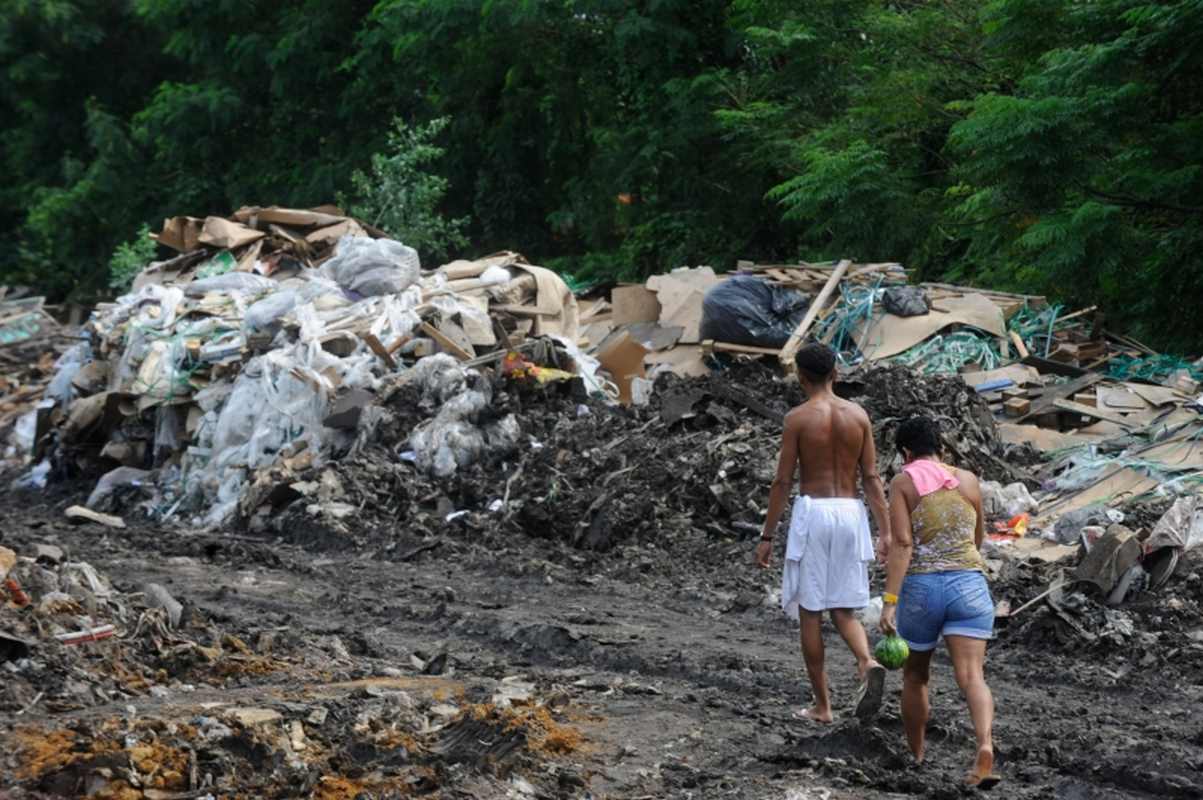
At nearly 150 acres, the Jardim Gramacho landfill in Rio de Janeiro was one of the largest and most infamous in all of Latin America. Now it’s a mangrove forest teeming with life.
Decommissioned 11 years ago, between 1970 and 2012 the dump, bordering Rio’s famous Guanabara Bay, received 80 million metric tonnes of trash from the area’s Gramacho neighborhood.
Now, a public-private partnership led by the Rio Municipal Cleaning Company has returned the area to nature, specifically mangroves, one of the most valuable of all ecosystems.
Planting 24 acres of mangroves at a time, today the forest stretches out more than 120 acres and is the largest mangrove area of the bay.
“Before, we polluted the bay and the rivers. Now, it’s the bay and the rivers that pollute us,” a lead official on the project told Africa News. “Today, the mangrove has completely recovered.”
Other organizations have taken action to restore mangroves along the bay as well. The non-profit Ocean Pact funded the Green Guanabara Bay Project which successfully restored 12.5 hectares or around 25 acres of mangroves.
According to some estimates, 1 acre of mangrove forests can store more carbon in roots and soil than 4 acres of even the most biodiverse rainforest, making them paramount to any world climate mitigation strategy.
MORE LANDFILL NEWS: South Korea Created A Program that Reuses 90% of the Country’s Food Scraps–to Grow Crops Instead of Landfills
Furthermore, their impressive lattice work of roots and insane durability means that storm surges impacting mangroves lose about 66% of their kinetic energy without even destroying the trees.
Lastly, coastal fishing communities, in two words, cannot exist without mangroves. They act as nurseries and perfect habitat for all kinds of fish and crustaceans that small-scale fishermen rely on for their daily bread.
WATCH the story below from Africa News…
SHARE This Unreported Accomplishment From Brazil With Your Friends…





















I am grateful for creative science at this landfill!